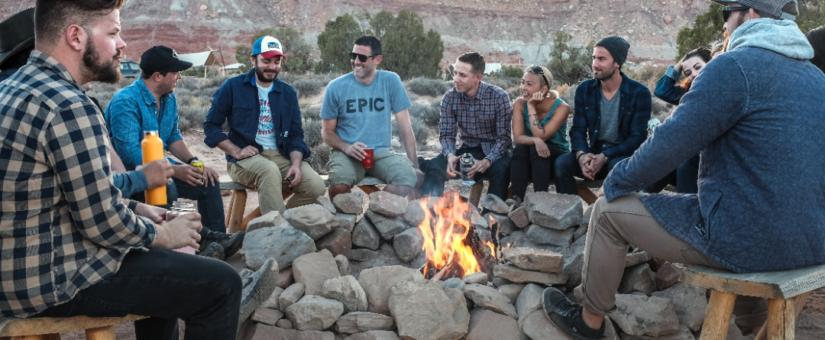
10 Tips to Fire Pit Safety
- Posted by Lapointe Insurance
- On March 30, 2018
Spring is finally here in New England and people everywhere are anxiously waiting to resume outdoor activities, including lighting up a fire to sit around on a nice spring night!
Many homeowners love the simplicity and effectiveness of using fire pits as a way to enhance the looks and the usefulness of their homes’ outdoor space. Fire pits are great for entertaining during cooler spring days and nights and have grown increasingly popular throughout the years. They could be portable units, simple dirt areas, encircled with rocks, or complex and expensive custom built structures.
Their recreational usefulness and ability to enhance outside livability comes with a danger. Fires are lit in these portable or permanent areas and should be monitored at all times. When fire loses containment, serious injuries and damage can result. So, consider the danger to persons and property, and what measures fire pit owners should take to minimize losses.
Here are 10 Tips to consider before lighting a backyard fire this spring:
- If you use a portable fire pit, it must be placed on a level, non-flammable (concrete, brick, gravel, etc.) surface
- If you install a permanent fire pit, its location must meet local ordinances regarding its placement, including the need of a site inspection
- Any fire pit should be at least ten feet aware from structures, flammable property and overhanging branches
- Take consideration of weather conditions such as drought and wind before lighting fires
- Do not use accelerants (gas, kerosene, lighter fluid) to start fires.
- Only seasoned hardwoods with the proper size (logs in proportion to pit size) should be used
- Never use fire pits to burn cardboard, paper, plywood or trash
- Fire extinguishing equipment or materials should be kept nearby
- Carefully supervise children when using a fire pit
- When extinguishing, be sure there are no glowing embers that could ignite before heading in for the night

